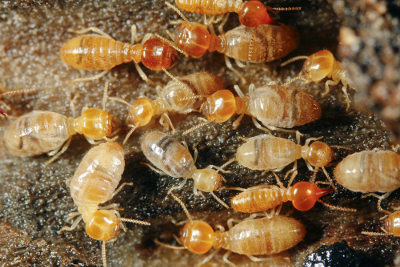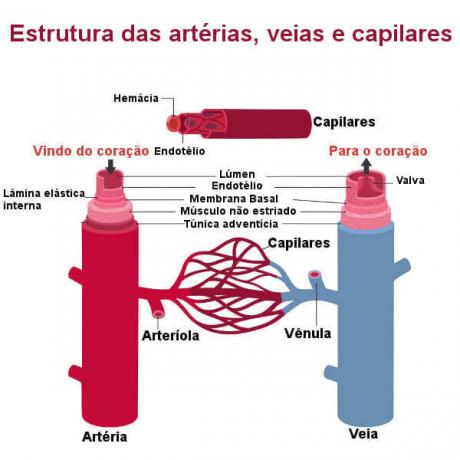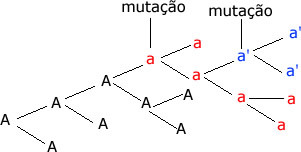Retroviruses are a type of virus that contains RNA associated with the reverse transcriptase enzyme as genetic material.
Viruses can be classified according to their genome, consisting of DNA or RNA, single or double stranded, linear or circular, with positive or negative polarity.
In 1971, American microbiologist David Baltimore proposed the following classes to order viruses according to the viral genome:
- Class I: double stranded DNA
- Class II: single stranded DNA
- Class III: double-stranded RNA
- Class IV: positive single-stranded RNA
- Class V: negative single-stranded RNA
- Class VI: positive single-stranded RNA with an intermediate DNA
- Class VII: double-stranded DNA with RNA intermediate
Retroviruses are family viruses Retroviridae and are included in Class VI of the Baltimore classification.
These viruses are part of the first group of viruses discovered in 1904. The human T-lymphotropic virus (HTLV), which targets T lymphocytes, was the first isolated human retrovirus in 1980. It belongs to the same family as the HIV virus.
The best known example of a retrovirus is the virus. HIV, the cause of AIDS.
reverse transcriptase
What characterizes a retrovirus is the presence of the enzyme reverse transcriptase. This enzyme is capable of transforming the single strand of RNA into a double strand of DNA. This is a unique feature of the retrovirus, as the transformation usually occurs from DNA to RNA (Transcription).
The retroviral DNA produced is associated with the chromosomal DNA of the host cell.
With the formation of DNA, the RNA strand is degraded. However, the DNA produced by reverse transcriptase will also synthesize the new RNA that will constitute the genome of the new viruses formed in the infected cell.
Find out more, read about the DNA and RNA.
Retrovirus Diseases
Retroviruses are associated with some diseases in humans. The main ones are AIDS and some types of cancer.
AIDS: The HIV virus attacks the blood's T lymphocytes, the body's defense cells. As a result, AIDS comprises a set of symptoms and infections resulting from damage to the immune system.
Cancer: Some retroviruses have oncogene genes, they induce host cells to multiply uncontrollably, originating tumors.
Read more about this subject:
- Virus
- Virus Characteristics
- Virus Diseases



